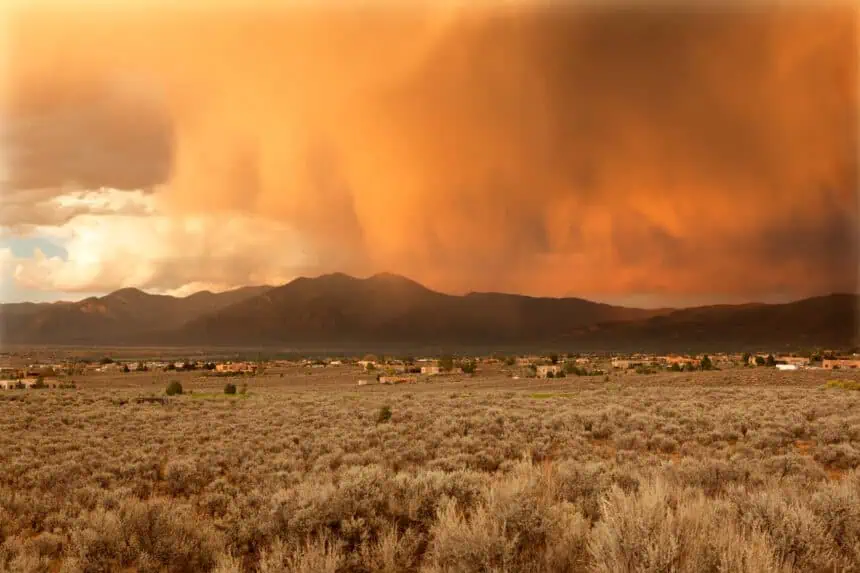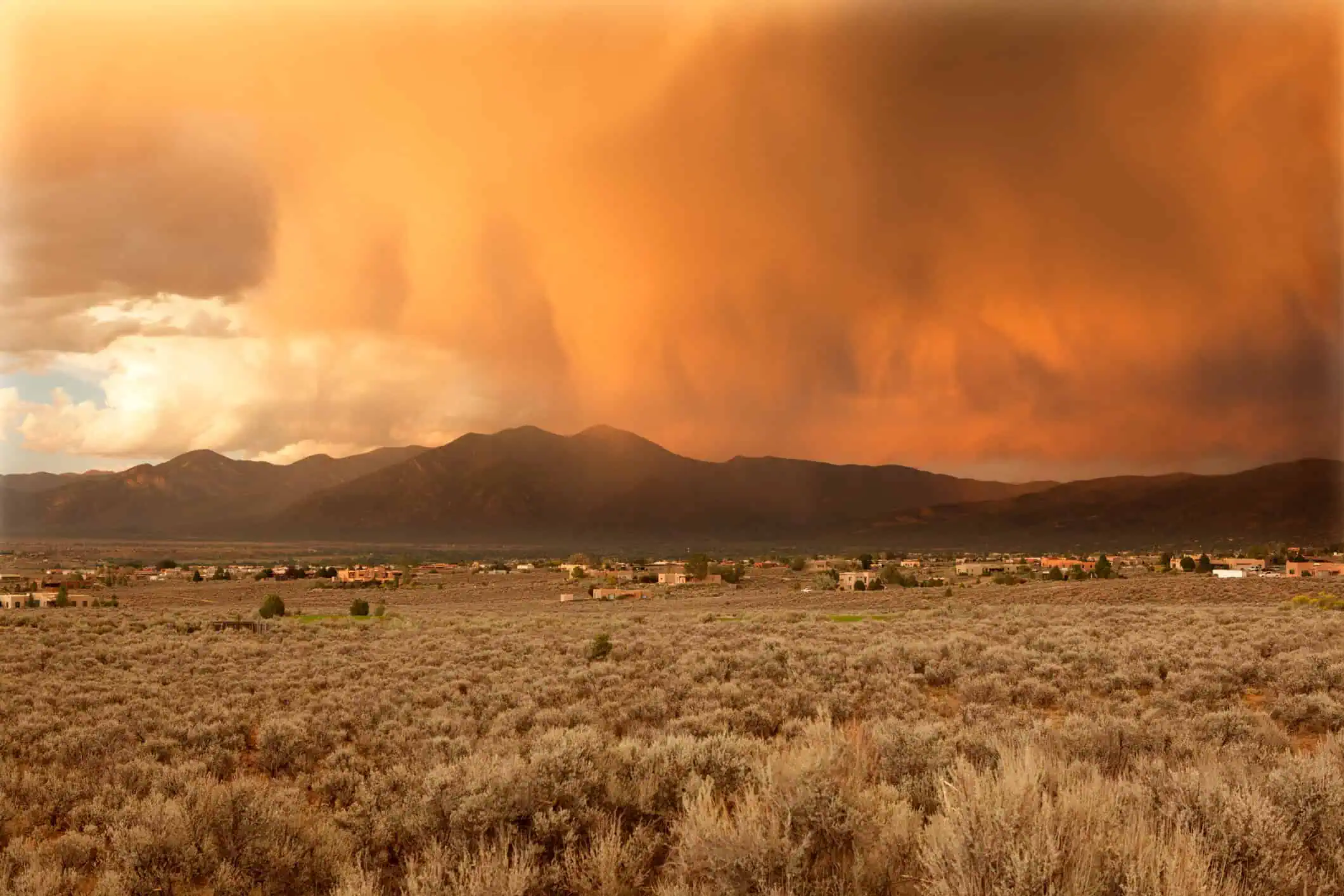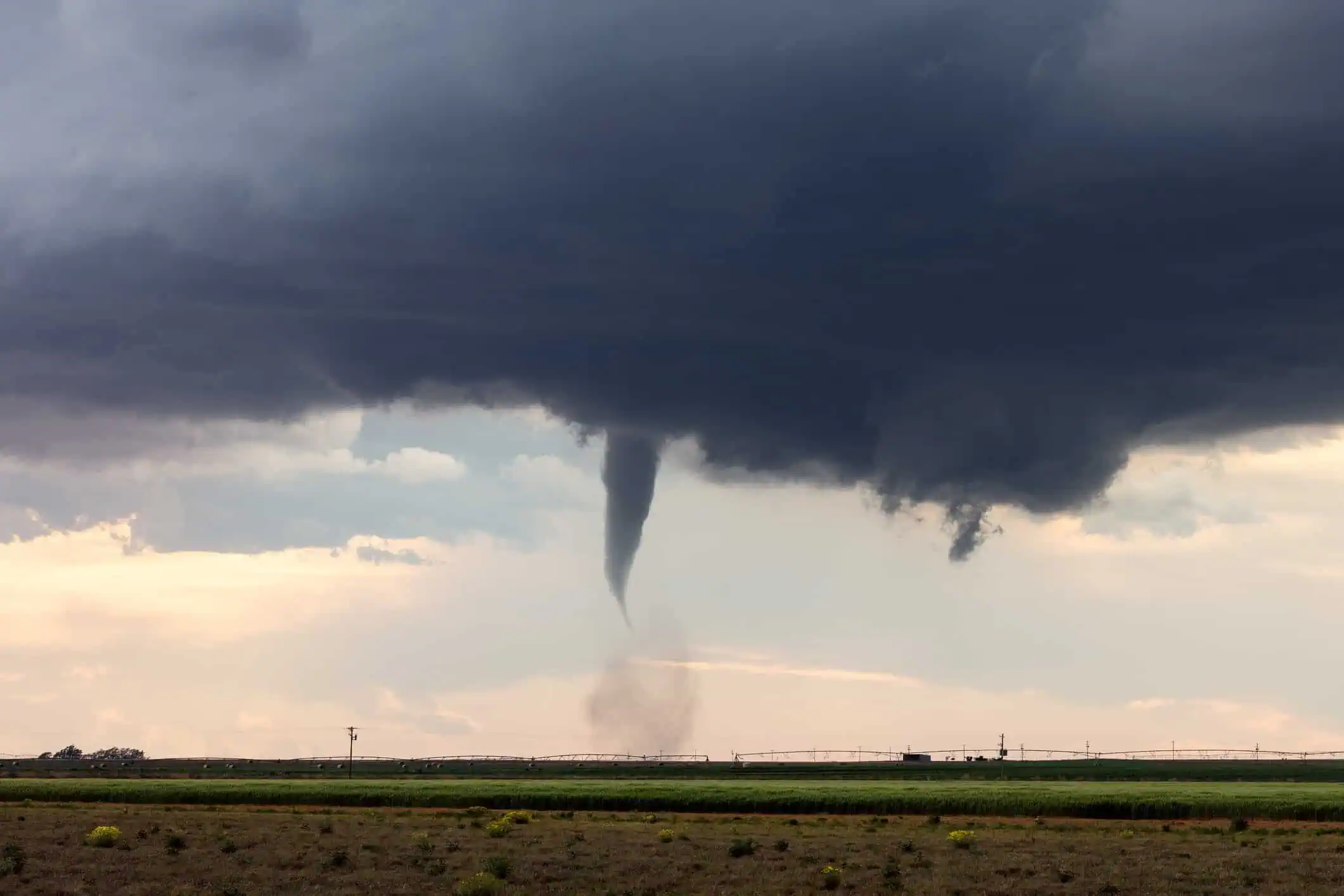What to expect this summer across New Mexico
As summer 2025 rapidly approaches, the Old Farmer’s Almanac outlines a forecast that leans strongly toward heat and drought across the Southwest, with New Mexico expected to be one of the most impacted regions. While June may begin relatively mild, the real story unfolds in July and August, when temperatures are predicted to climb well above seasonal norms, excluding only areas like the Northwest and Southern Florida.
Hot spells to peak in mid-June and late July
The most intense heatwaves for New Mexico are anticipated to hit during mid-June and again between mid to late July. Expect highs to routinely climb above 100°F (38°C) in the southern and central deserts, while even the typically cooler northern highlands may see stretches of temperatures reaching the mid-90s°F (mid-30s°C). Overnight lows will offer little relief, remaining well above average, especially in urban areas like Albuquerque and Las Cruces.
Drought concerns deepen with below-normal rain chances
Precipitation prospects for the region remain grim. The Almanac forecasts below-average rainfall throughout June and July, particularly affecting the Desert Southwest, including New Mexico, Arizona, and parts of West Texas. The monsoon season, which typically begins in early July, may underperform this year, intensifying wildfire risk and putting pressure on reservoirs and agricultural output.
A seasonal trend of heat coast-to-coast
Nationwide, the 2025 summer outlook paints a consistent picture of warming, with most states seeing normal to hotter-than-normal conditions. However, New Mexico’s placement at the heart of the Southwest heat dome means it may bear some of the most extreme impacts of the season.
Key dates and regions to watch
The Almanac’s indicators suggest the hottest conditions for New Mexico will likely emerge around June 15–20 and again between July 18–28, impacting areas like the Rio Grande Valley, the Four Corners, and eastern plains. The state’s higher elevations, including the Sangre de Cristo Mountains, may offer only a slight reprieve, but even these zones will experience limited moisture and above-average temperatures.
Residents and visitors should be prepared for a scorching, dry, and potentially hazardous summer across New Mexico, driven by intensifying climate signals already felt across the American Southwest.










